Text

There are a lot of great, old photos of Vancouver students, but few can beat W.J. Moore’s 1921 rendering of John Oliver’s enrollment. Moore was a commercial photographer who roamed the city with his fancy Kodak No. 8 Cirkut camera that allowed him to produce panoramic photos up to eight feet wide. When South Van High moved from 49th and Knight to Fraser and 43rd, the opening of the new building demanded a special group pic to commemorate the event and the name change. Moore used his expensive, wind-up, spring-powered camera to capture all the students and staff. The Kodak Cirkut was tricky to operate. The camera rotated atop the tripod, scanning up to 360 degrees. Subjects had to remain perfectly still while the lens was on them, but once it swept past, a prankster could run to the other side of the frame and appear twice in the same pic! Apparently, there were no jokers among these Jokers on this day, probably because their no-nonsense principal, Jake Palmer, was seated front and centre with his arms crossed – and eyes in the back of his head.
#w.j. moore#john oliver secondary school#South Van High School#Kodak No. 8 Cirkut camera#Fraser and 43rd#49th and Knight#1920#1921#Jake Palmer
4 notes
·
View notes
Text
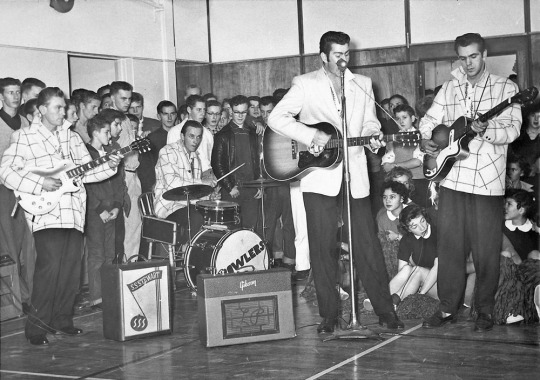
Les Vogt and the Prowlers, Vancouver’s first Elvis-style rock band, performs at a track meet pep rally held in John Oliver Secondary’s gym in 1956. Shortly after this photo was taken, the band opened for Bill Haley and the Comets at Kerrisdale Arena – Vancouver’s first rock concert.
Unfortunately, the Prowlers did not ride the Comets’ plasma tail to success. The local heroes peaked in 1960, when Les Vogt’s song “The Blamers” knocked Elvis’ “It’s Now Or Never” from #1 on the C-FUN radio station’s Top 40 chart.
The Prowlers broke up and Les went on to become a nightclub owner (The Grooveyard, Purple Steer) and a concert promoter with Jaguar Enterprises, a company he co-founded with iconic Vancouver DJ, Red Robinson. Today, Les continues to stage concerts through his Legends of Rock and Roll series, that includes Elvis, Buddy Holly and Tina Turner tribute artists.
As for South Van and J.O. being the birthplace of Vancouver rock and roll, we shouldn’t be surprised. The entire southeast corner of the city was the epicenter for the region’s post-war baby boom. Large tracts of available land close to downtown quickly gave way to affordable housing and young families. For instance, Les grew up on the south slope, in the Fraserview neighbourhood – a sprawling government housing project comprised of 1,100 humble but functional bungalows. Each house had, in accordance with CMHC requirements, at least two kids in it, many had four to eight. Those youngsters had a lot of time to dream about rock stardom as they walked, biked or bussed to J.O. at 41st and Fraser.
Killarney Secondary opened its doors in 1957 and David Thompson the following year, thus absorbing some of the talent from the school formerly known as South Van High.
#Les Vogt and the Prowlers#Fraserview#john oliver secondary#South Van High#South Vancouver#Bill Haley and the Comets#Elvis#Legends of Rock and Roll#CMHC#Red Robinson#Buddy Holly#Tina Turner
0 notes
Text


Check out the giant, wind-directed attic vents atop South Vancouver’s first, purpose-built high school – John Oliver. It is a wonder that the roof didn’t take flight during a gale. The vents shown in this 1927 photo must have been an experiment. They are not visible in a 1921 pic that showed the structure when new, nor can they be seen in the 1959 aerial image, taken weeks before the building burned down.
John Oliver began in 1912 as South Van High, co-opting some classrooms at Lord Selkirk Elementary (Commercial and 22nd.) The following year, the teens moved to a newly built elementary school at Knight and 49th. They ran Gordon School (later named Sir Sanford Fleming) exclusively as a high school under the South Van banner, until their new digs were ready for them at 41st and Fraser.
The 1927 image shows how J.O. grew as enrollment increased. Auxiliary buildings sprang up around it. A long-since-demolished cafeteria is on the left, and the two-storey Unit B (aka, The Barn) and the C-Building (aka, the Drama Studio) are on the right.
J.O.’s student population skyrocketed through the 1930s, 40s and 50s. (There were no other secondary schools in that corner of the city!) The campus expanded to keep pace and by 1956 John Oliver had 3,300 students, making it Canada’s largest high school.
The 1959 aerial photo shows how the original building backed onto 43rd Avenue. The modernist structure along 41st Avenue became the school's main building once completed in the 1950s. South Hill Elementary is visible on Fraser Street in the lower right, and that building was commandeered by J.O. in 1930 for much needed classroom space. Note the strip of commercial buildings on Fraser that stretches north of 43rd. Those buildings were demolished in the 1960s to give J.O. more playing field space. Similarly, on the left side of the image, houses can be seen where today there are tennis courts, an automotive shop and staff parking.
J.O.’s 1921 building was destroyed by fire on December 9, 1959. A large grass playing field took its place.
Photo credits: 1927 pic: VPL 4631. 1959 aerial: a detail from UBC GIC 592223.
#South Vancouver#john oliver secondary school#Fraser Street#1959#Lord Selkirk Elementary#Gordon School#Sir Sanford Fleming#South Van High
0 notes
Text
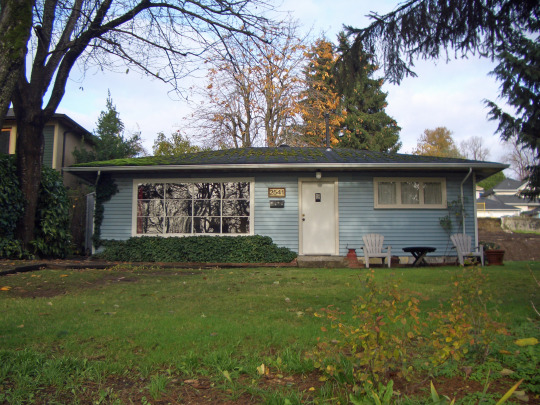
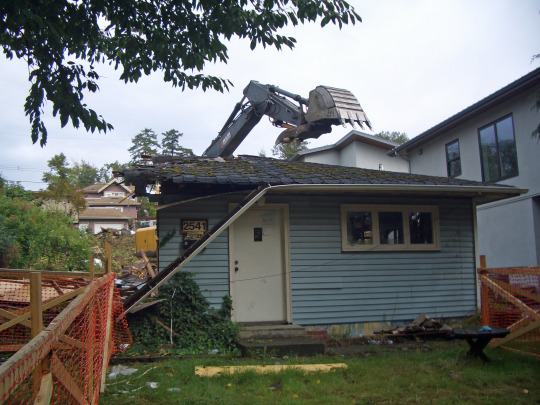
The Vancouver house where country music star Loretta Lynn was discovered was demolished today. Actually, that's not quite true. The singer was discovered in a chicken coop behind the house at 2541 East Kent Avenue North in 1959. The coop had been converted to a private party space by the property's former owner, Ernest Clare 'Mac' McGregor. The chicken shed was demolished in the 1970s. Full story here.
1 note
·
View note
Photo


Dominion Mills, near Kerr and Marine, later became the Canadian White Pine Mill and eventually ended operations in 2001 as a Weyerhaeuser property. Today it is evolving as a master-planned condo community called the River District.
B&W photo is from the City of Vancouver Archives and was taken in the 1920s by WW I-ace-turned airline-founder Major Don MacLaren.
0 notes
Photo


Canada’s fourth deadliest flying ace, Major Donald Roderick MacLaren, returned from WW I determined to build an aviation industry in this country. He got a military surplus Curtiss HS-2L flying boat and started western Canada’s first airline, Pacific Airways. When asked where Vancouver should put its airport, he suggested the mud flats of Spanish Banks. The 1928 proposal also included a 20,000-seat stadium! The Municipality of Point Grey approved the plan, but were overruled by Vancouver city councillors who chose Sea Island, which didn’t have to be re-claimed from the sea. MacLaren must have changed his mind about the location, because there is a bust of him at YVR that thanks him for choosing the Richmond site.
4 notes
·
View notes
Photo


Graveley Street near Lillooet looks like it has been buried under giant pink pom-poms in this still from Patrick Weir’s, In Full Bloom (2020).
The ground pic is from a post-blossom afternoon in 2017.
Consult the Vancouver Cherry Blossom Festival map for other bloom blast streets.
0 notes
Photo


The Ross Park wading pool got art bombed in 2021. Artists Sandeep Johal and Alyssa Megan Martens collaborated with the Moberly Arts and Cultural Centre to gussy up the 60-year-old swimming hole near 59th and Ross. The project is called Our Memories.
#Ross Park#2021#Sandeep Johal#Alyssa Megan Martens#Moberly Arts and Cultural Centre#Our Memories#wading pool
2 notes
·
View notes
Photo



Abbie Bevilacqua was a fiery competitor on the diamond. He once punched an ump in the face for calling out his teammate after the player failed to tag up on third and came running home on a fly ball. Abbie was suspended for the duration of the South Hill fastpitch season. Fortunately for shoppers, Abbie was much mellower behind the cash register of his sporting goods store. He founded Abbie’s Sporting Goods at Main and 12th in 1948 and ran it for 50 years. The store continues at Main and 32nd under new ownership and is Vancouver’s longest running sports gear outlet. Browse the shelves today and you will see equipment for sports that did not exist back when Abbie was sizing kids for soccer boots. Paddle boarding, disc golf and spike ball are some of the trendy pastimes in 2022 – the year that the great sportsman passed away at age 95.
0 notes
Photo
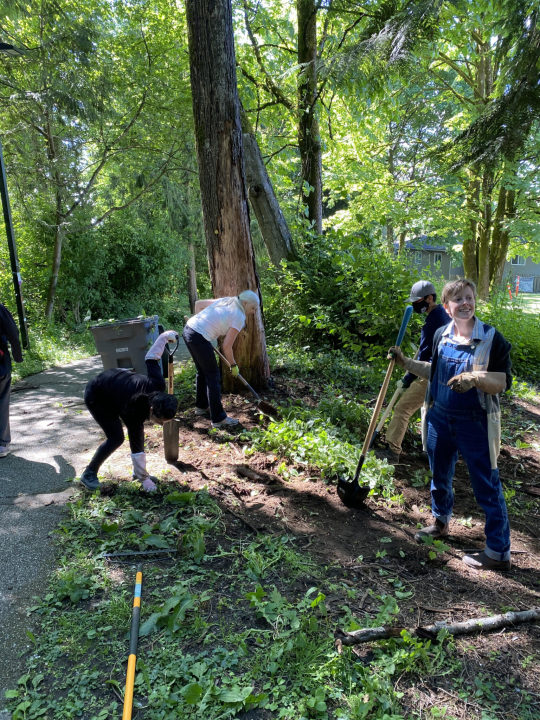
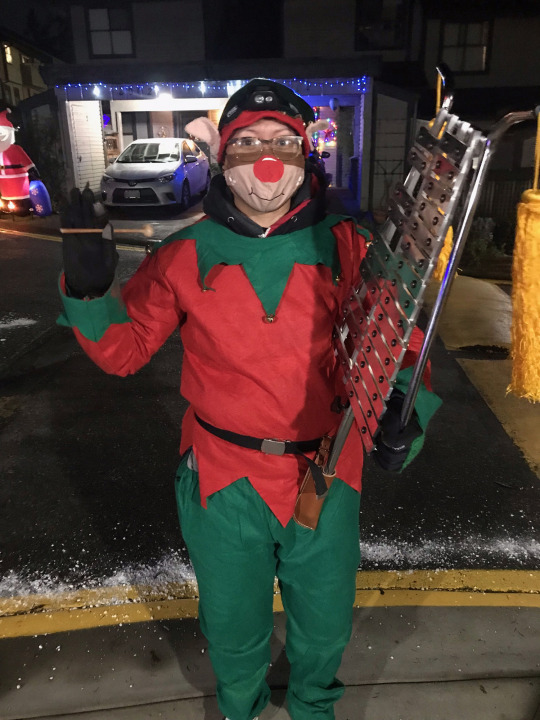
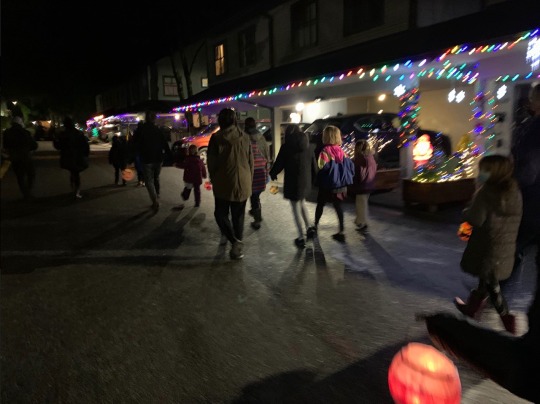
Unless you live in Champlain Heights, you might not know that its many town house complexes are connected by a series of walkways with names like Red Alder Trail and Blue Elderberry Trail. The paths wind through forested green space that is threatened by invasive species such as blackberry, ivy and holly. Fortunately, the neighbourhood has gained community activist Grace Nombrado, who has formed the Free the Fern group to protect the indigenous trees.
Grace and her glockenspiel-playing partner Kiki are proof that the COVID pandemic has been unable to suppress community builders. When they are not pulling chokers from the soil, the Nombrados lead their neighbours on lantern walks through the leafy sanctuaries they help to preserve.
It should be noted that many of Free the Fern’s activities are funded by the Vancouver Foundation’s Neighbourhood Small Grants Project – a grassroots initiative that has been fostering community since 1999.
#Champlain Heights#Grace Nombrado#Kiki#Free the Fern#Vancouver Foundation#Neighbourhood Small Grants
0 notes
Photo

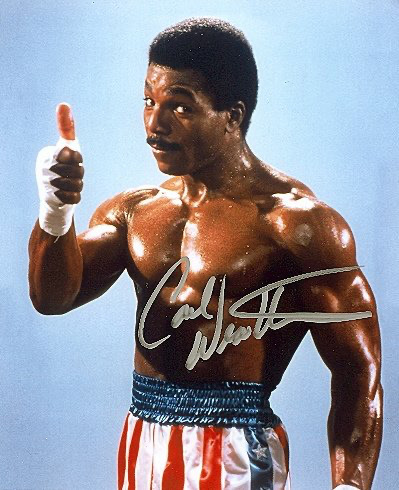

Whenever the BC Lions are having a tough time (six straight losses!), it’s best to remember the good times – like when Carl Weathers was a Leo’s linebacker in the 1970s. His player card notes that he was studying acting in the off season and true to his career goal, he later played Apollo Creed in the Rocky films, Happy Gilmore’s golf coach in the filmed-in-Vancouver Adam Sandler comedy, and, most hilariously, Tobias Funke’s penny-pinching, power-mooching, food-obsessed acting coach in the Arrested Development TV series.
3 notes
·
View notes
Photo

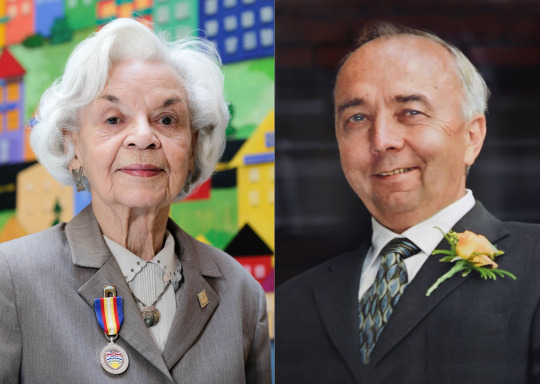
It took the citizens of South Vancouver 15 years and a lot of poking and prodding to get the government to build a seniors’ centre in Killarney. The wait could have been decades longer had it not been for the tireless efforts of community builders Lorna Gibbs (1931-2021) and Keith Jacobson (1945-2016). Those two knew how to get stuff done. Now, how long will it take to get a seniors’ centre built at Sunset Community Centre?
3 notes
·
View notes
Photo
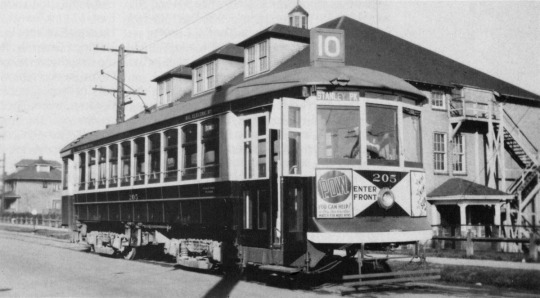


St. Patrick’s Elementary School stands behind this streetcar, which in 1949 is doing a turn-around move on a short stretch of track at Quebec Street and 13th Avenue. The school would have been a great place for aspiring juicers – aka tram fans – because the twin-level BCER barn was right next to it, on Main Street, where the Save-On-Foods is today. (Barn seen here in 1923 pic.) Electric cars swirled around the school all day long, like some kind of Tesla fever dream. Note the old tracks still visible in the 2018 photo.
The old images are from Henry Ewert’s streetcar masterpiece, The Story of the B.C. Electric Railway Company.
#The Story of the B.C. Electric Railway Company#Henry Ewert#streetcar#tram#St. Patrick’s Elementary School#Save-On-Foods#Main Street#Quebec Street#13th Avenue#1923#1949#juicers#Tesla
1 note
·
View note
Photo



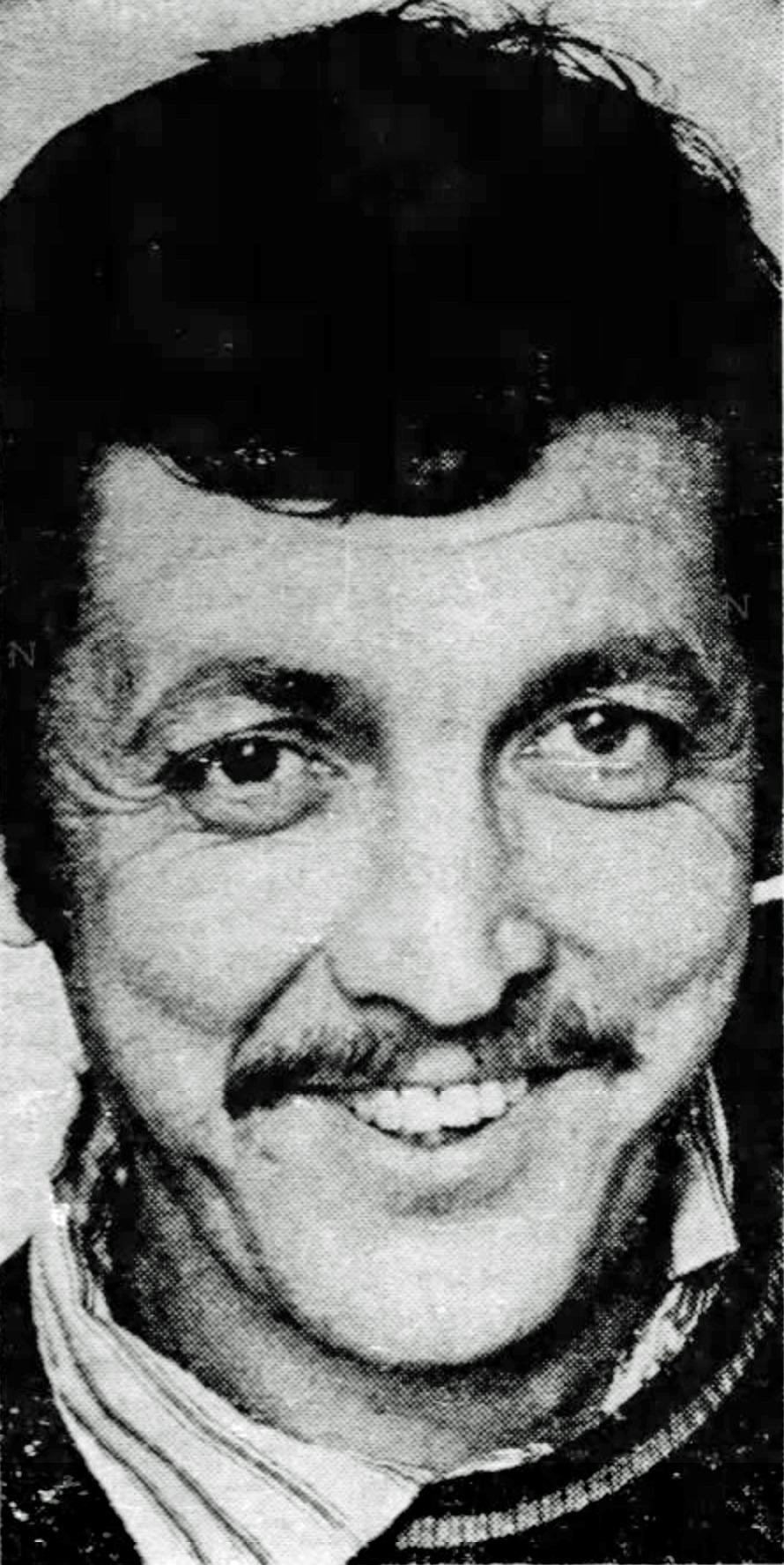
George Segal starred in the 1975, cold-war thriller, Russian Roulette. It was not one of his better films, but thrilling to Vancouverites who were not yet accustomed to seeing their city as a backdrop for big-time movies. For some young cinema-goers, it was their first time seeing a flick for mature audiences and many of them saw it with their parents at Burnaby’s Lougheed Drive-In.
Vancouver didn’t have any drive-ins – that was left to the suburbs – although you might think that the 1949 theatre was in the city, based on the topsy-turvy, south-north orientation of the ad’s map.
Russian Roulette was adapted from Tom Ardies’ book, Kosygin Is Coming. Ardies was a Vancouver Sun reporter in the 50s and 60s before he quit to write such novels as Pandemic, This Suitcase Is Going To Explode and Their Man In The White House. Ardies died in San Diego in 2020.
#George Segal#Russian Roulette#Lougheed Drive-In#drive-in#1975#1949#Burnaby#Tom Ardies#Kosygin is Coming
3 notes
·
View notes
Photo



There used to be a wind-driven water pump on the banks of the North Arm of the Fraser near the foot of Nanaimo Street in the 1920s. It belonged to Corporal William Rowling and was similar to the classic model, which peppered the American west and is shown here in colour. Aldo Stradiotti, who grew up in the Fraserview neighbourhood and passed away in 1988, recalls old timers saying that the pump pushed water uphill for Rowling’s logging operations.
The windmill is visible in the detail from the 1920s W.J. Moore panorama, as is the roof of the Rowling Station interurban stop beside the tracks. A typical interurban stop is shown in the third pic.
#Nanaimo Street#Corporal William Rowling#windmill#wind-driven water pump#Aldo Stradiotti#Fraserview#Rowling Station#interurban#1988#1920s#W.J. Moore#pano#panorama#North Arm of the Fraser
0 notes
Photo


Henry Ewert’s definitive account of the rise and fall of streetcars in Vancouver and Victoria, The Story of the B.C. Electric Railway Company, contains everything you need to know about urban rail mania in these parts up to 1986 – EXCEPT why these gun-toting yahoos greeted the last run of the Oak Street tram in 1952.
Answer: Oak and 44th was home to the Vancouver Gun Club. The Vancouver Archives’ pic shows the trapshooters in action circa 1919.
#Henry Ewert#The Story of the B.C. Electric Railway Company#Oak Street#streetcar#tram#1952#Vancouver Gun Club#trapshooters#1919
0 notes
Photo



When Rambo First Blood Pt. 2 was chosen as the first film to screen at Oakridge Cinemas in 1985, there was a glitzy, ribbon-cutting ceremony with the movie’s director, George P. Cosmatos in attendance. It is not known if he brought his 10-year-old son over from Victoria for the party, but his boy, Panos, later returned to that Vancouver neighbourhood to shoot scenes at the Bloedel Conservatory for his own flick: the 2010, sluggardly acid trip, Beyond the Black Rainbow. Panos says he got the money to film his bizarre project from his late dad’s Tombstone DVD royalties.
#Rambo First Blood Pt. 2#Oakridge Cinemas#George P. Cosmatos#Panos Cosmatos#Beyond the Black Rainbow#Tombstone#Bloedel Conservatory
0 notes